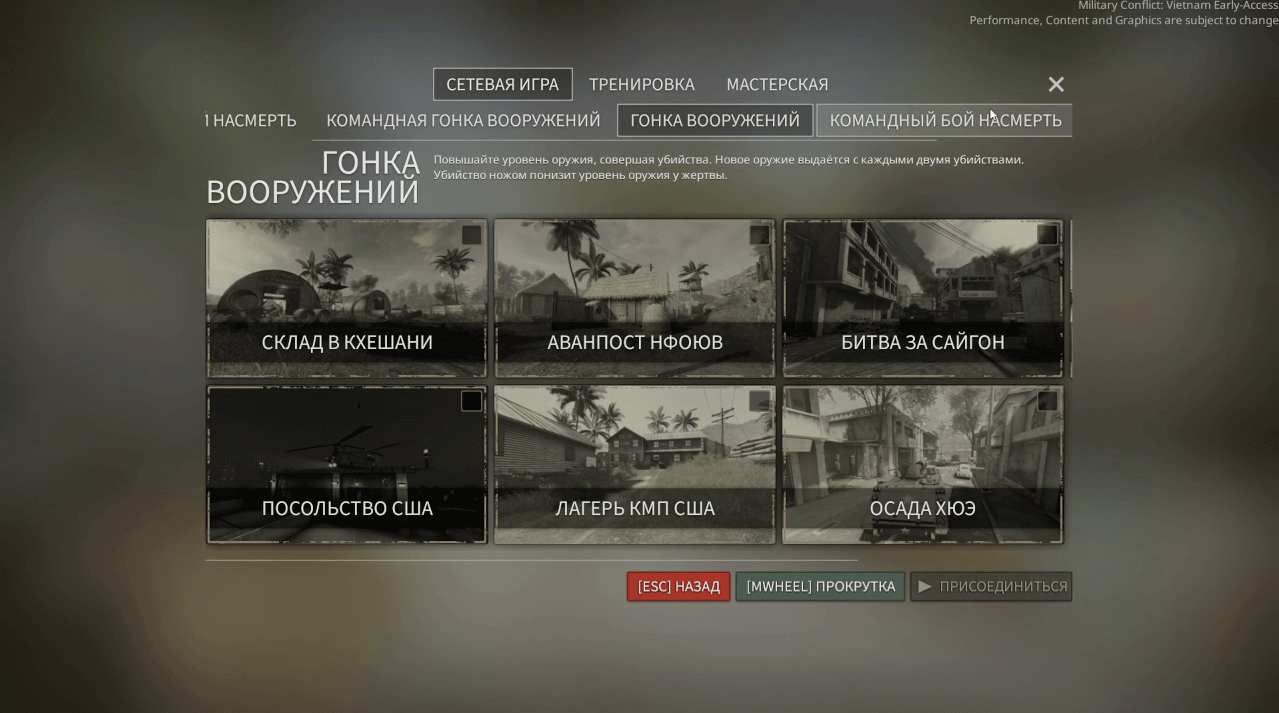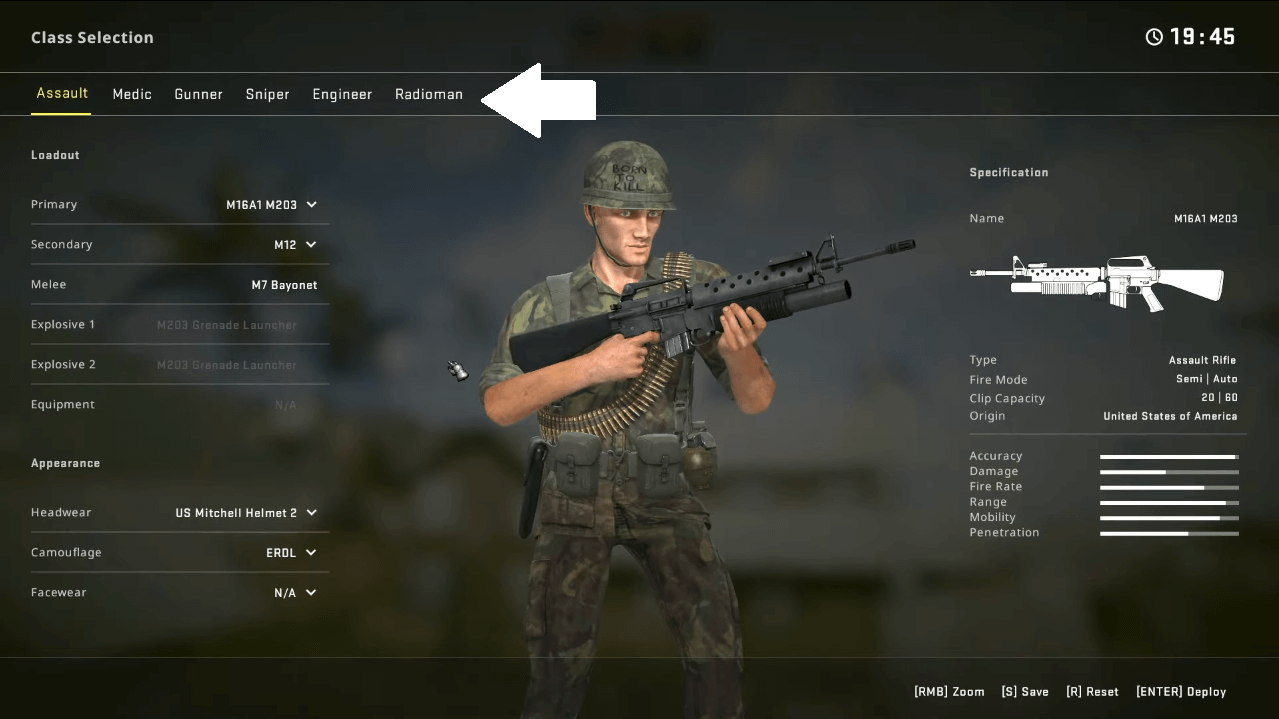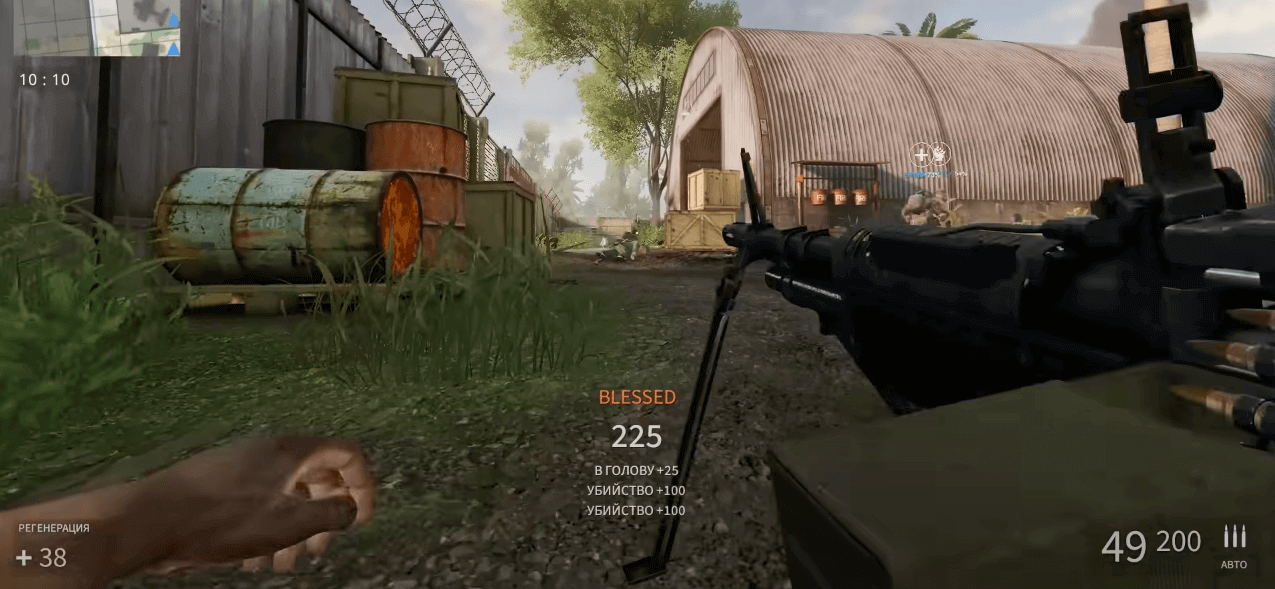Military Conflict Vietnam

Military Conflict: Vietnam - The New, Old Game
Let's be honest: 2022 was a shitty year. Everywhere you look - stagnation or regression, and the gaming industry was not spared. Most of the hits of the past year in previous, more serene times would have simply been lost in the information flow. But where am I going with this?
Military Conflict: Vietnam came out exactly when it was supposed to. Multiplayer shooter about the war in Vietnam, based on the mechanics of Battlefild - all this we have seen more than once or twice. So why is Military Conflict: Vietnam still worth watching?
Suddenly a game for players?
You've hardly heard of Military Conflict: Vietnam. This is one of those games that you stumble upon by accident, without monitoring news from the developers, without waiting for patches and definitely without a pre-order. How should a truly popular shooter come out? Well, in such a shooter there is no place for service payment system, lootboxes, and gameplay should resemble everyone's favorite Counter-Strike or the benchmark Call of Duty 4: Modern Warfare - it's all about Military Conflict: Vietnam.

Military Conflict: Vietnam is reminiscent of CS:GO, Battlefield: Bad Company 2 Vietnam, and even Team Fortress 2. In its essence, Military Conflict: Vietnam is a compilation of everything that came out over the past 15 years, but without the signature features.
As in Battlefield, there is a division into classes, but there are no overused operatives. The standard set of classes consists of an assault rifleman, medic, machine gunner, engineer, and radio operator.

The Assault Vehicle performs only the assault function, capturing points with automatic rifles. There is minimal variety in the armor: the U.S. Army has underbarrel grenade launchers, while the Vietnamese have a molotov cocktail instead of an underbarrel grenade launcher. The medic is armed with submachine guns and treats himself and his teammates with portable first-aid kits.
The machine gunner, respectively, wields a handful of machine guns. The bipods are unfolded while shooting lying down, which reduces the recoil to almost zero. It is not hard to foresee memes in which machine gunners are portrayed as fighting turtles.

Engineer is the strangest class, because there are no guided vehicles in the game. Engineers use grenade launchers, which are used exclusively against infantry and have a short range. However, for fans of explosives Military Conflict: Vietnam has stretch marks, dismemberment and blood - all the things that in the games of the major publishers either mitigate or cut out altogether.
The radio operator is useful on open-air maps, where you can call in an air strike at any moment. But as the radius of attack airstrike makes the radioman class not the easiest to manage. Everything about Military Conflict: Vietnam classes is completely echoed by old-school Battlefield.
With old Battlefield game kinship with the availability of equipment, its number and the lack of in-game economy. Guns are not bought for points and currency, and the mounted spotting scope makes, say, an M16, another weapon with different characteristics. Nobody will allow you to hang five modules on AK-47, thus reducing recoil by 70% and accuracy by 20%. All weapons are taken only in the stock, that's kindred Military Conflict: Vietnam with CS:GO along with the game engine - both games run on the Source engine.
Another hint at the charms of the Source engine can be seen in the ragdoll-physics, and body physics. The aforementioned engineer gives you access to explosives, which sometimes make for some meat on the map:

The underground is not good for everything
The developers from the independent company Dustfade worked on their brainchild for six years and finally released their game in early access on December 16, 2022. All these years the game stagnated in the shadows: just one trailer - that was the end of the marketing campaign. The result was an online game of 50-200 people. It was a mistake to rely on the fact that the game would shoot itself, and rumors about it would spread by word of mouth.
Conclusions
Military Conflict: Vietnam hit a pain point for many developers - greed. No monetization, the possibility of full community support and a relatively low price gave its results. On the other hand, the future of Military Conflict: Vietnam seems unclear. The game will require years of polishing and a ton of innovations, including critical ones.
